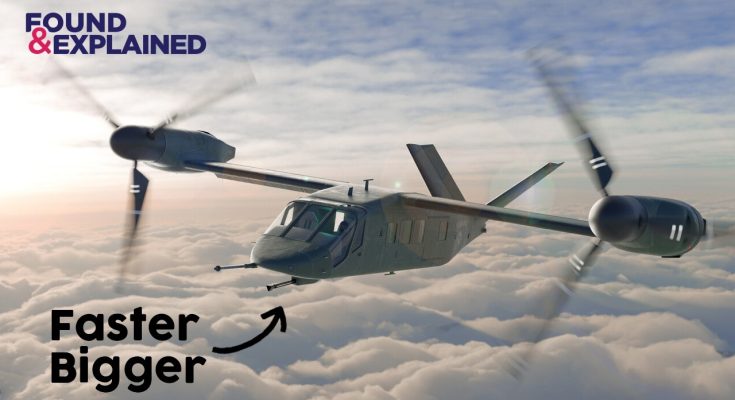Yes, it’s definitely possible to replace the Black Hawk, and Bell’s V-280 Valor is one of the leading contenders in this space. The Black Hawk has been the backbone of U.S. Army aviation for decades, but its age and the evolving nature of modern combat are pushing for the development of more advanced alternatives, such as tiltrotor aircraft like the V-280.
Here’s why the V-280 Valor is considered a potential replacement for the Black Hawk:
1. Tiltrotor Advantage:
- The V-280 Valor is a tiltrotor aircraft, meaning its rotors can tilt, allowing it to take off and land like a helicopter but fly like a fixed-wing airplane. This gives it the ability to reach much higher speeds and longer ranges than conventional helicopters, like the Black Hawk.
- With its ability to cruise at speeds of up to 280 knots (hence the “V-280” name), the V-280 offers a significant increase in speed and range, making it more effective in rapidly moving troops and supplies over long distances.
2. Increased Speed and Range:
- The Black Hawk has a top speed of around 150 knots and a range of about 400 miles. The V-280, on the other hand, can reach speeds of around 280 knots and has a range of over 800 miles. This means the V-280 can carry out missions much more efficiently, reducing travel time and increasing the operational reach.
- With its longer range, the V-280 can perform both tactical and logistical missions across a larger area without requiring frequent refueling, which is a significant advantage for modern military operations.
3. Operational Flexibility:
- The V-280 Valor offers flexibility in mission roles similar to the Black Hawk, but with the added benefit of performing well in both vertical lift (helicopter-like) and high-speed flight (fixed-wing). This versatility would make it suitable for a variety of missions, including troop transport, medical evacuation, special operations, and resupply.
- Additionally, the V-280 could be used for long-range assault missions, offering better mobility in high-threat environments.
4. Modernized Capabilities:
- The V-280 comes equipped with cutting-edge technologies, such as fly-by-wire controls and advanced avionics, which provide better handling, situational awareness, and overall mission effectiveness compared to older aircraft like the Black Hawk.
- It also has a larger cabin and is designed with improved lift-to-drag ratios, making it more fuel-efficient, easier to maintain, and capable of carrying more payloads or troops.
5. Future Development and Testing:
- Bell’s V-280 is part of the U.S. Army’s Future Vertical Lift (FVL) program, which aims to replace aging helicopters like the Black Hawk and Apache with more advanced and capable platforms. The V-280 is currently undergoing rigorous testing, and its performance so far has been promising. If it continues to meet the Army’s requirements, it could eventually replace the Black Hawk in various roles.
6. Challenges and Considerations:
- Transition to Tiltrotor: One of the main challenges is that the tiltrotor design, while offering many advantages, is also more complex and expensive than traditional helicopters. The learning curve for pilots and maintenance crews could pose initial challenges in transitioning to such a platform.
- Cost: The development and procurement costs for the V-280 are expected to be higher than traditional helicopters. This is something the military will have to balance against the advantages offered by the aircraft.
7. The Black Hawk’s Endurance:
- The Black Hawk remains in service because of its proven durability, versatility, and lower cost. It’s deeply embedded in U.S. military operations, and its extensive fleet is still performing admirably. However, the V-280’s next-gen features could eventually push it to replace the Black Hawk, particularly for longer-range, higher-speed missions where its capabilities would be more advantageous.
In summary, while the V-280 Valor offers a strong case to replace the Black Hawk, it’s not a simple swap. The transition would take time, as it involves adjusting to new technology, training personnel, and adapting operational strategies. However, given its impressive capabilities and the needs of modern warfare, Bell’s V-280 could very well be the next generation of U.S. Army aviation.



